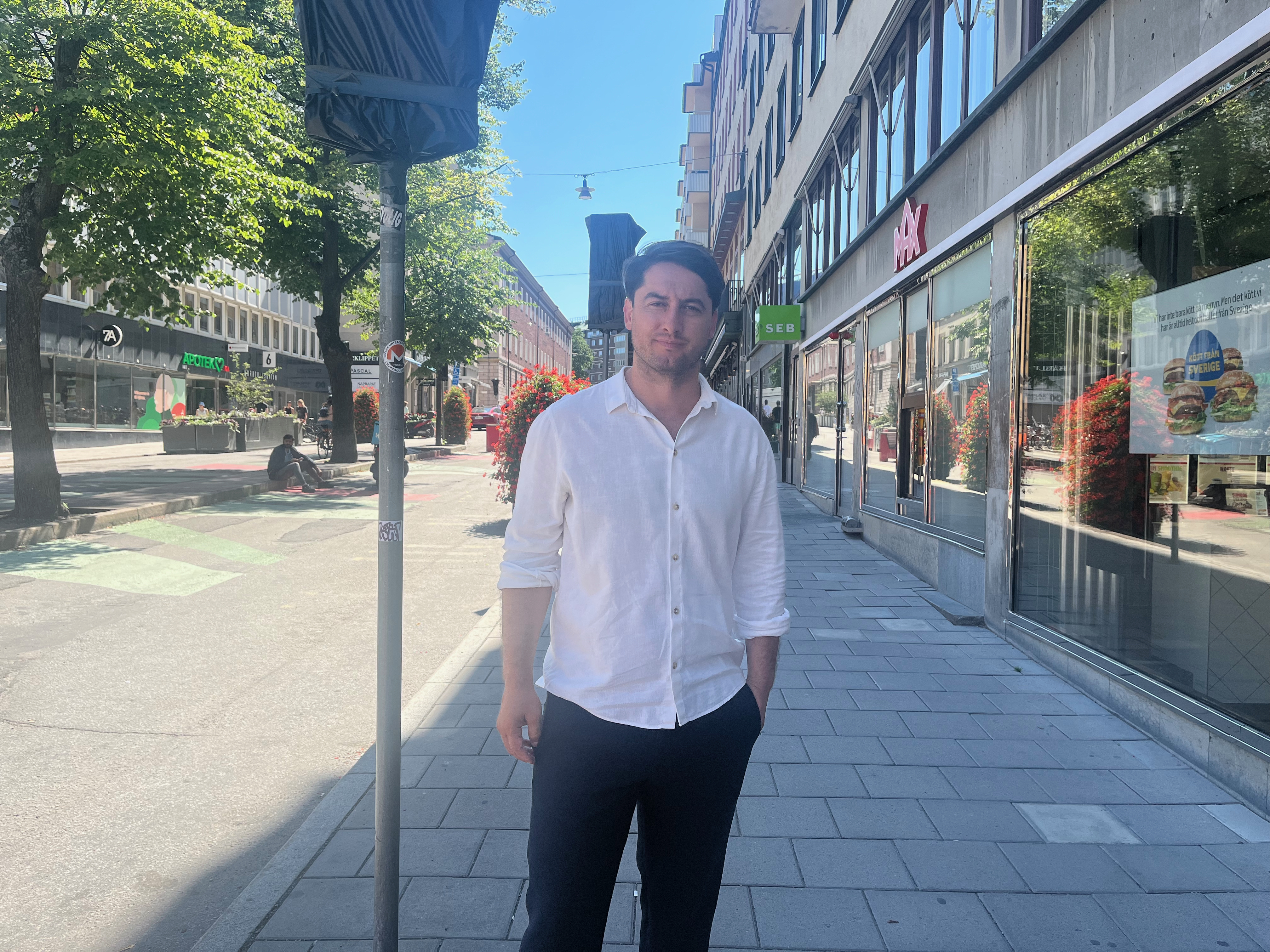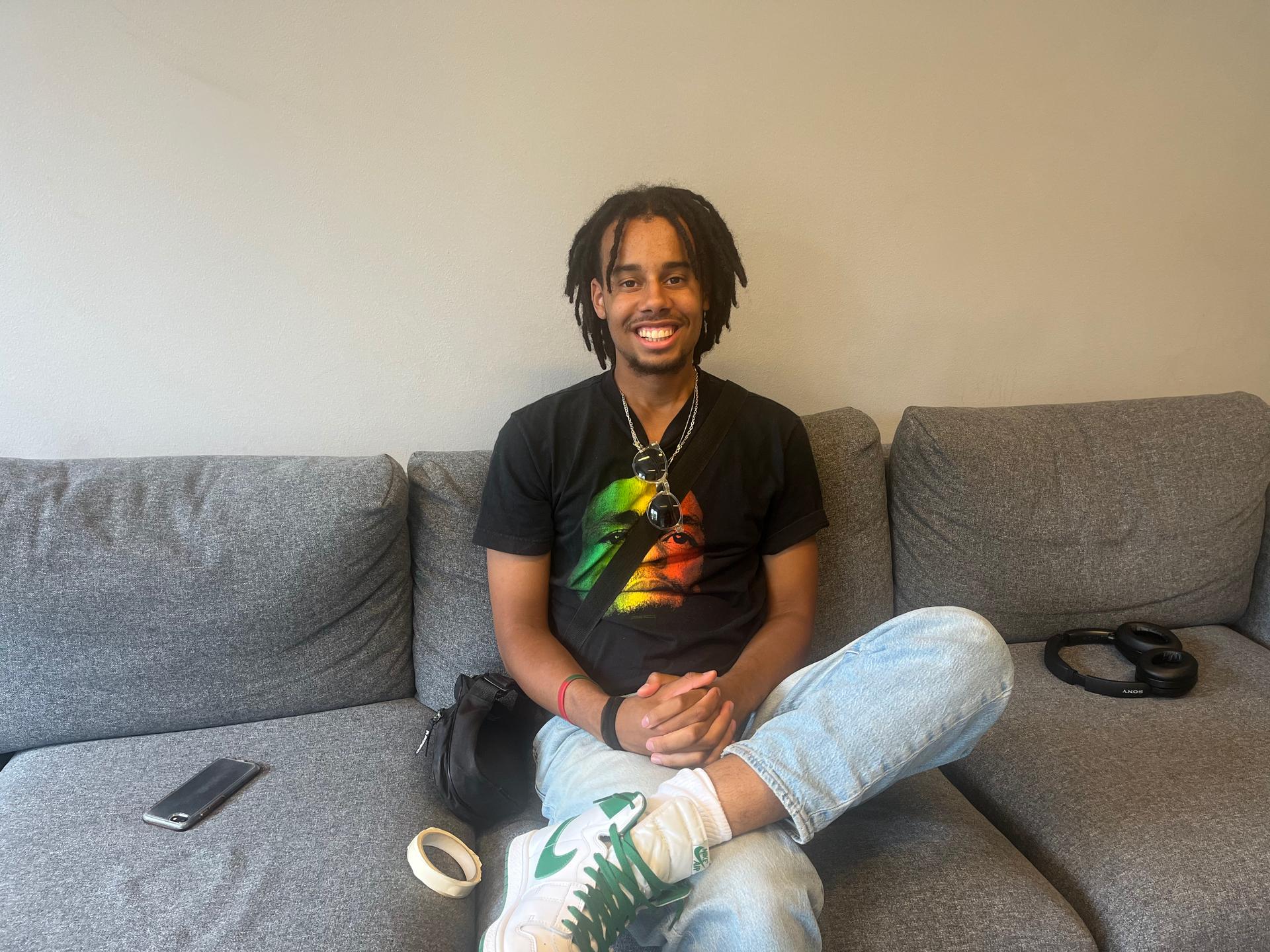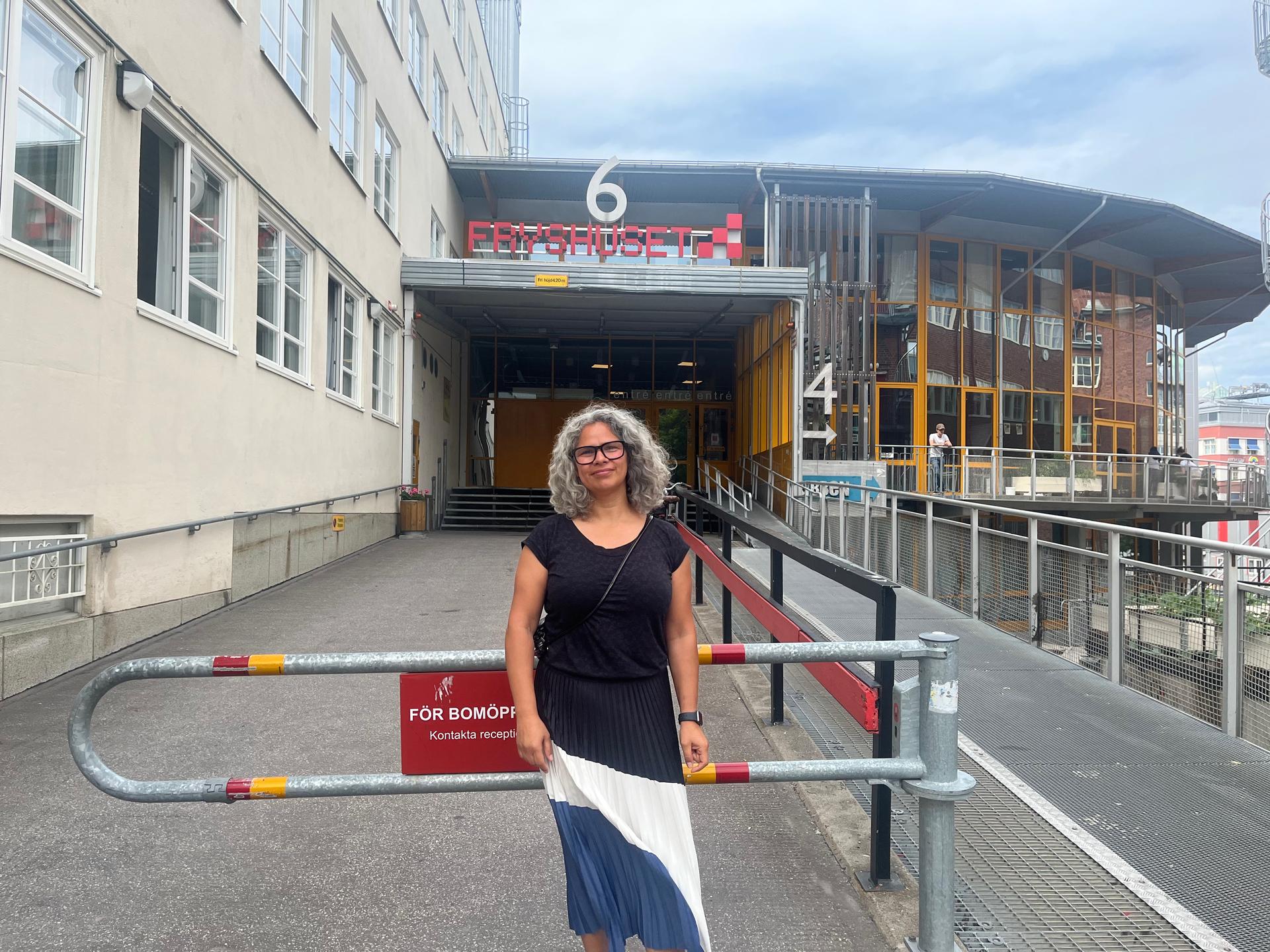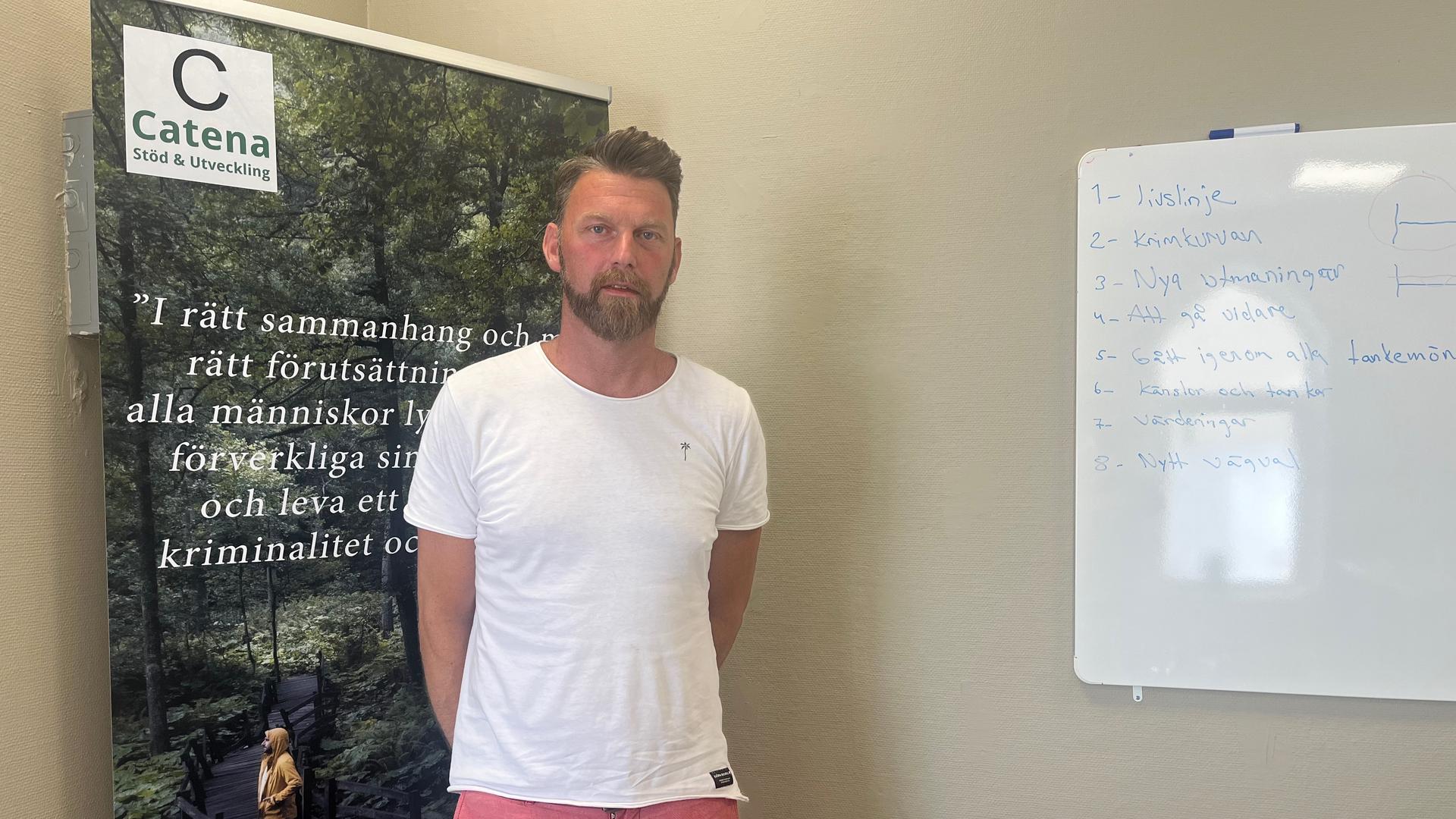Peter Svensson was 12 when he committed his first crime. He stole a bicycle and sold it to two men in his hometown of Gothenburg, Sweden, telling them he could get them more expensive bikes the next day if they were interested.
They were, and the following day, Svensson returned with two mountain bikes. The men were impressed, he said, and that approval started him down a slippery path of crime.
“They made me feel special, like I was good at something and belonged somewhere,” he said.
Gangs in Sweden are recruiting teenagers at increasingly younger ages through crimes like this. Crime journalist Diamant Salihu said older criminals are using boys, often 14 or 15 years of age, to commit serious offenses — including murder.
“They pay them good money, and carrying out a shooting gives teenagers status in a gang,” Salihu said.
People under 18 also receive a lighter sentence if caught, and this leads to older gang bosses seeking out younger members. The increasing use of teenagers by Sweden’s criminal underworld is one of the reasons gang shootings in the Nordic nation are on the rise.
Sweden recorded 62 deaths by shooting in 2022, up from 45 in 2021. The country’s overall homicide rate is about 1/6 that of the US, but it is far higher than most European countries. The 2022 figure for example, is six times higher than Norway, Finland and Denmark combined.
Salihu, who has written a number of books about gang violence in Sweden, said it is relatively easy to smuggle guns into the country. He was tasked with purchasing a weapon by a newspaper editor in 2010 to prove the point. He said that he secured a gun within five hours.

Salihu and his editor were later prosecuted for the stunt, although he said the newspaper paid his fine. Less than a quarter of recent cases of gun homicides in Sweden have been solved. Salihu said it’s not because of a lack of interest by police but the need for greater resources to investigate complicated gang-related murders.
Witness intimidation is also rife. Victims’ families often lose trust in the ability of the police to catch the perpetrators, which has led to further revenge shootings, Salihu said.
‘I didn’t know who I was’
At the age of 20, Svensson was asked to join one of Sweden’s most notorious gangs, The Brotherhood Wolfpack. Svensson was thrilled and gradually worked his way up the hierarchy of the gang, committing crimes mainly involving drugs and extortion.
In 2006, he was sentenced to four years in prison for extortion and a nonfatal shooting, but while inside, he continued to operate as a gang leader. A couple of years into his sentence, Svensson was sent to solitary confinement following a violent incident with another prisoner.
The experience broke him, he said. He couldn’t stop crying and began to question his loyalty to the gang. Svensson wrote a letter to the boss of the prison, saying he wanted to leave his criminal life behind. Surprisingly, he said, she responded and agreed to help.
Svensson began therapy and was put in contact with Exit, a Swedish organization that usually works with people wanting to leave violent extremist groups. In prison, he continued to feign loyalty to the gang, but when he finished his sentence in 2009, he moved to another city, away from his former criminal colleagues in Gothenburg.
Starting over wasn’t easy. Exit provided Svensson with support. but he had little money and few friends. The hardest part, Svensson said, was trying to figure out who he was outside of gang culture.
“Suddenly, I was nobody. I know who I am in the criminal world. But in this life, I didn’t know who I was.”
The desire to belong
Exit is part of a program offered by Fryshuset, a nonprofit organization that works with thousands of young people across Sweden, many from marginalized communities. The group runs a number of schools and offers training in several areas from music and dance to skateboarding and basketball.
Criminologist Camila Salazar Atias, a manager at the center, said that some of the children attending the school are young people who other sectors of society have often given up on. Fryshuset becomes like a second home for many of them, she said.
“A lot of the kids who go to our schools say they can finally express how they feel when they are here,” Salazar Atias said.
Wesley Teodoro recently graduated from Fryshuset school in Stockholm and is working for the summer in the school’s social media department. Teodoro said he joined the school when he was 14 because he didn’t feel comfortable or safe in his previous schools.
“I just needed a place where I could be myself,” Teodoro said.

The center gave him an environment where he could build up his confidence as an artist.
“And today, I release music, I perform, I do dance performances. I’m an entertainer,” he said.
Teenagers who end up in gangs usually exhibit similar needs, Salazar Atias said. The desire to belong and the wish to be seen and heard. Some of the kids come from suburbs that the police have described as “problem areas.”

Around seven years ago, a list of suburbs police deemed problematic was revealed in the press.
Salazar Atias said the students sometimes lie about where they live just to escape the stigmatization that comes with living in so-called troubled neighborhoods. Several of the suburbs blacklisted by the police have high immigrant populations, she said. Far-right politicians have blamed the rise in Sweden’s shootings on immigrants.
But crime reporter Salihu said the majority of gang members he knows are born and raised in Sweden. Some may be second- or third-generation immigrants, he said, but the real problem lies with the segregation of communities and the failure of schools to integrate students, which can lead to young people feeling abandoned by society.
Salihu said many gang members he has encountered in recent years also come from middle-class backgrounds. The issue of gang shootings in Sweden only became a huge talking point in the media recently, he said, when wealthier areas of Stockholm were affected. But this problem has been going on for much longer in more marginalized parts of the city, Salihu said.
Leaving a life of crime behind
Today, Svensson is method and development manager with Catena, a group that helps people leave organized gangs and criminal networks. It’s mirrored on the Los Angeles organization, Homeboy Industries. The program runs over 18 months but Svensson said the first three months are the most intensive and involve weekly drug tests.
The first task is helping former gang members develop a new identity.
“You start to change how you look, if you have tattoos, you take them away or replace them, you change the way you talk and most importantly, the place you’re staying.”
That’s so that former gang colleagues can’t track you down, he said.
The next step is about helping the person discover what else they can do with their lives, which doesn’t involve returning to crime.
In the end, Svensson said the goal is to change someone’s mindset so they can see themselves as more than just a former gang member. Svensson gave himself five years after leaving prison to see if he could leave his criminal life behind. If after this length of time, he still wanted to return to that life, he would, he told himself.
He wrote a letter to his former gang boss saying he wanted out. It was like writing a break-up letter after a long intense relationship with an ex-girlfriend, he laughed.
The boss wrote back offering Svensson huge sums of money to come back, but Svensson resisted. It wasn’t easy, he said.
After the five-year deadline was up, Svensson said, he knew he still had work to do on himself but he also knew that he was never going back to a life of crime.
